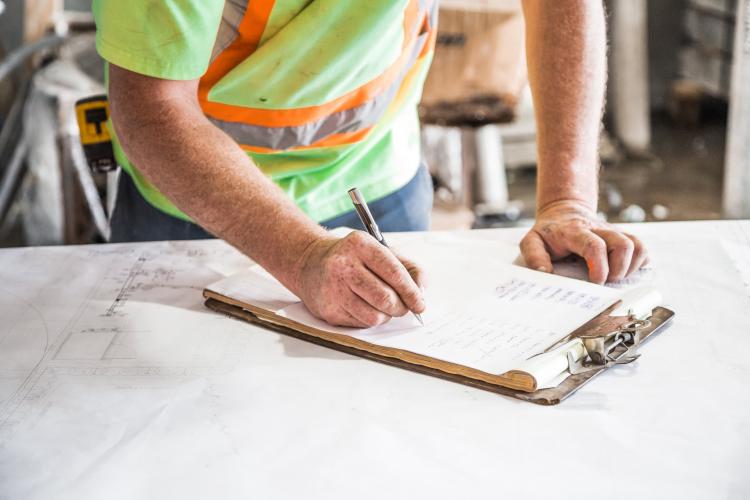
Comments are due July 17, 2023 on a preliminary determination by the US Department of Housing and Urban Development (HUD) and US Department of Agriculture (USDA) to adopt the 2021 International Energy Conservation Code (IECC) and ASHRAE 90.1–2019 as minimum energy efficiency requirements. Docket FR–6271–N–01 is the first step to increasing the minimum energy efficiency requirements for HUD- and USDA-funded housing. The 2021 IECC will yield a national weighted energy cost savings of 34.4 percent over the current HUD-USDA baseline standard and moving to ASHRAE 90.1-2019 will save an estimated $10.8 million nationwide. It will also be the first update to HUD-USDA’s minimum efficiency requirements in more than 8 years; HUD and USDA last adopted the 2009 IECC/ASHRAE 90.1-2007 in 2015. Despite four revisions since the 2009/2007 editions, no action had been taken to consider or adopt these updated codes until now.
Both agencies are allowed periodic revisions to requirements for HUD- and USDA-funded newly constructed housing under the Energy Independence and Security Act of 2007 (EISA), but must first provide documentation that the revised codes do not negatively affect the availability or affordability of new construction of single and multifamily housing. This includes producing a determination by the Secretary of Energy that the revised codes “would improve energy efficiency.” On May 18, 2023, HUD and USDA released publication of the determination. The document relies on several studies that demonstrate cost-effectiveness on a life-cycle basis. Payback depends on climate zone and existing code, but in most climate zones, this translated into single-family homes using the 2021 IECC at the national level to 1-3 years for a positive cashflow (Table 5A), and 1-3 years for positive cashflow (Table 5B) for low-rise multifamily. For both single-family and low-rise multifamily using the 2021 IECC, state-level simple paybacks ranged from 0 to 11 years (Table 7). Simple payback for high-rise multifamily using ASHRAE 90.1-2019 ranged from immediate in most cases to 1.6 years (Table 14).
Builders would be required to build to the 2021 IECC standard only if they wish to sell the new home to a borrower who has a mortgage insured by the FHA or guaranteed by the USDA. According to the docket, this could impact an estimated more than 13,150 units in MEEA’s Midwest region to use the 2021 IECC (Table 4; single-family residential and low-rise multifamily), and more than 2,350 units to meet ASHRAE 90.1-2019 (Table 11; high-rise multifamily). The determination stated that this does not negatively impact the availability of affordable housing.
For some states, such as where the Qualified Action Plans (QAP) requires green building or above-code measures, the 2021 IECC may not be much of a lift. For others, especially those states with outdated energy codes, this potentially raises the bar in a much-needed way for Americans with the highest energy burden.
Comments are due July 17, 2023. Official Notice and Submittal of Comments: Adoption of Energy Efficiency Standards for New Construction of HUD- and USDA-Financed Housing: Preliminary Determination and Solicitation of Comment